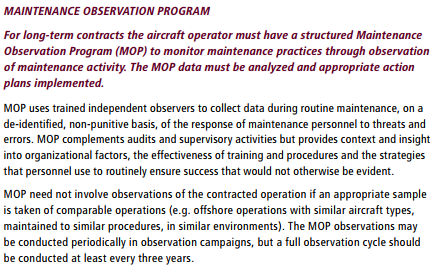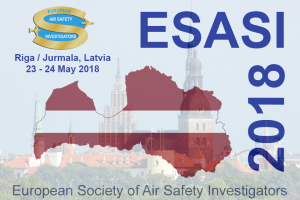Helicopter Throttle Bracket Left Unsecured After Maintenance
On 11 August 2014, a Hughes 269C helicopter, N7432F, impacted trees and a river bank in a steep ravine following a partial loss of engine power near Darrington, Washington. The pilot, a 59-year-old airline pilot, was uninjured.
The US National Transportation Safety Board (NTSB) report that:
The pilot reported that during a flight in the rented helicopter he was descending out of 5,000 ft. As he approached 4,000 ft, he increased collective and noticed that the engine was slowing down; he was unable to recover the engine rpm to a normal range. The helicopter continued to descend until the pilot entered an autorotation. The helicopter impacted a tree about 30 ft high and then came to rest in a small stream.
The pilot stated he did not believe the engine ever quit, but the engine would not produce enough power to continue flight.
The aircraft was recovered and it was…
…found that the throttle mount bracket was hanging by the throttle cable linkage and was not secured to the servo mount studs as it should have been. This would prevent the loss of throttle movement for acceleration.
The operator [who leased the aircraft to the pilot] stated that the engine had just been installed into the helicopter 10 flight hours prior to the accident. [It had been removed from another aircraft in their fleet.]
We note that no further information is recorded in the NTSB report or public docket on the conduct of the maintenance, limiting the ability to understand the circumstances of any maintenance error and learn.
The NTSB determined the probable cause to be:
Maintenance personnel’s failure to secure the throttle mount bracket during a recent engine installation, which resulted in the loss of throttle movement and an inability to control engine power.
Safety Resources
- Professor James Reason’s 12 Principles of Error Management
- Back to the Future: Error Management
- Critical Maintenance Tasks: EASA Part-M & -145 Change
- Safety Performance Listening and Learning – AEROSPACE March 2017
- Maintenance Human Factors: The Next Generation
- Airworthiness Matters: Next Generation Maintenance Human Factors
- Robinson R44 Power Loss: Excessive Lubricant
- UPDATE 24 June 2018: B1900D Emergency Landing: Maintenance Standards & Practices The TSB report posses many questions on the management and oversight of aircraft maintenance, competency and maintenance standards & practices. We look at opportunities for forward thinking MROs to improve their maintenance standards and practices.
- UPDATE 25 August 2018: Crossed Cables: Colgan Air B1900D N240CJ Maintenance Error On 26 August 2003 a B1900D crashed on take off after errors during flying control maintenance. We look at the maintenance human factor safety lessons from this and another B1900 accident that year.
- UPDATE 5 November 2018: The NTSB has published the probable cause of the fatal accident to 269C N204HF in September 2017: Contributing to the accident was the failure of maintenance personnel to properly rig the throttle control tie-rod assembly, which resulted in an in-flight separation of the assembly and rendered control of engine rpm impossible.
- UPDATE 19 April 2019: FAA Rules Applied: So Misrigged Flying Controls Undetected
- UPDATE 15 March 2020: R44 Force Lands After Improper Repair
Aerossurance worked with the Flight Safety Foundation (FSF) to create a Maintenance Observation Program (MOP) requirement for their contractible BARSOHO offshore helicopter Safety Performance Requirements to help learning about routine maintenance and then to initiate safety improvements:
Aerossurance can provide practice guidance and specialist support to successfully implement a MOP.
Aerossurance is pleased to sponsor the 9th European Society of Air Safety Investigators (ESASI) Regional Seminar in Riga, Latvia 23 and 24 May 2018
Aerossurance has extensive air safety, operations, airworthiness, human factors, aviation regulation and safety analysis experience. For practical aviation advice you can trust, contact us at: enquiries@aerossurance.com
Follow us on LinkedIn and on Twitter @Aerossurance for our latest updates.




Recent Comments